Tucked away in the cold desert mountains of Himachal Pradesh, Spiti Valley is a dream destination for adventure seekers and nature lovers. With rugged terrain, ancient monasteries, and surreal landscapes, it’s a haven for offbeat travelers. But what about the monsoon season?
Many ask:
“Is it safe to visit Spiti Valley in monsoon 2025?”
Let’s break down the advantages, disadvantages, and safety tips to help you make the right choice.
When is the Monsoon in Spiti Valley?
The monsoon generally occurs between July and early September in Himachal Pradesh. However, Spiti lies in a rain shadow zone, which means it receives minimal rainfall compared to the rest of the state. But the roads leading to Spiti (especially from Manali) do pass through landslide-prone regions.
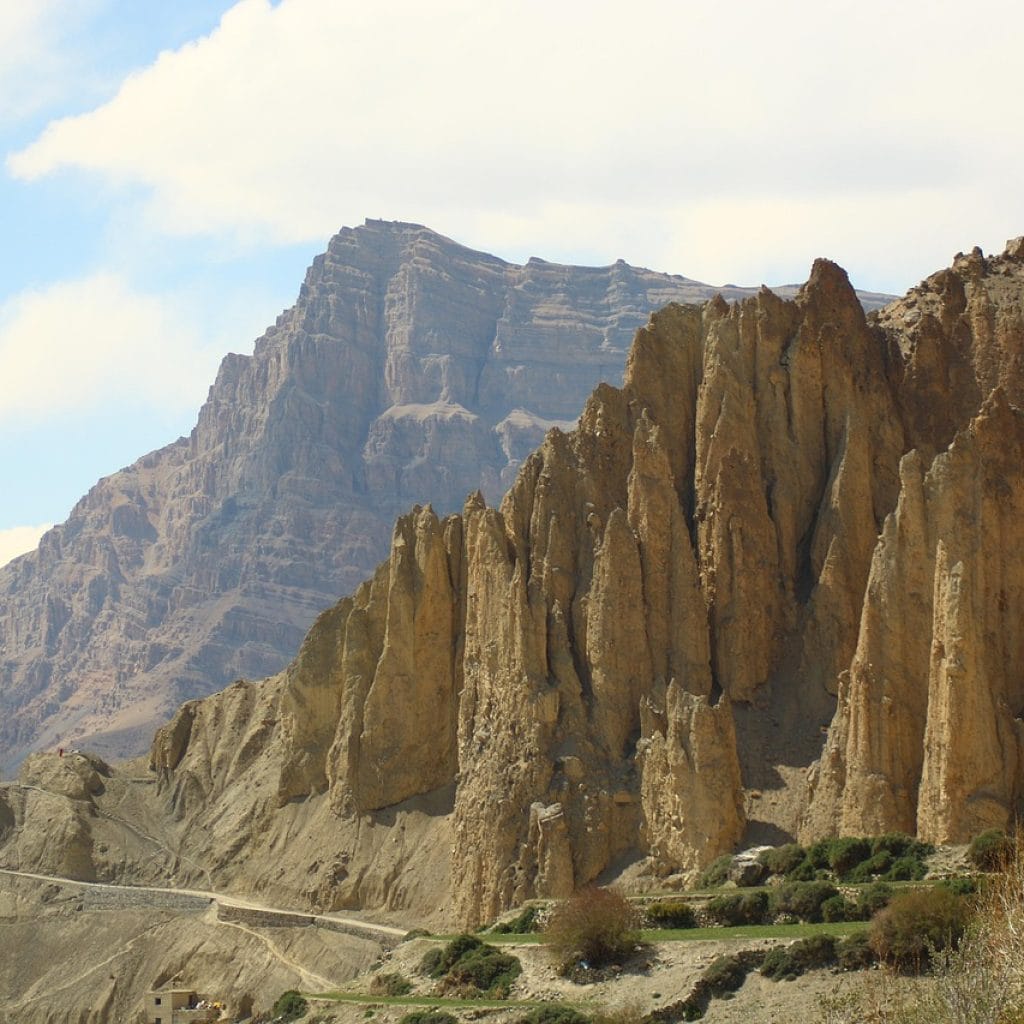
Pros of Visiting Spiti Valley in Monsoon
1. Fewer Tourists
Like Ladakh, Spiti sees significantly less footfall during monsoon, giving you a more serene and personal experience of key spots like Kaza, Tabo, Key Monastery, and Pin Valley.
2. Budget-Friendly Travel
Hotels, guesthouses, and transport services often offer discounts during the off-season, making it ideal for budget travelers and backpackers.
3. Lush Green Valleys
Although Spiti is known as a desert, the surrounding regions—like Lahaul and Kinnaur—turn breathtakingly green in monsoon, offering a different perspective on this dramatic landscape.
4. Photogenic Weather
Expect moody skies, monsoon mist, and raw Himalayan beauty. This is a visual treat for landscape and travel photographers.
Cons of Visiting Spiti Valley in Monsoon
1. Unpredictable Road Conditions
Access roads from Manali and Kinnaur can be affected by landslides, falling rocks, or flooding. The Gramphu–Kaza and Kinnaur–Nako–Tabo routes often face temporary closures.
2. Limited Connectivity
Remote villages may face poor internet and electricity access, which could be inconvenient if you’re not prepared for it.
3. Risk to Self-Drive Travelers
If you’re not used to Himalayan terrain, monsoon makes self-driving risky. Fog, slippery roads, and blocked passes are common.
4. Adventure Activity Restrictions
Trekking, biking, or camping activities may be restricted or canceled depending on the weather, especially near rivers or high passes.
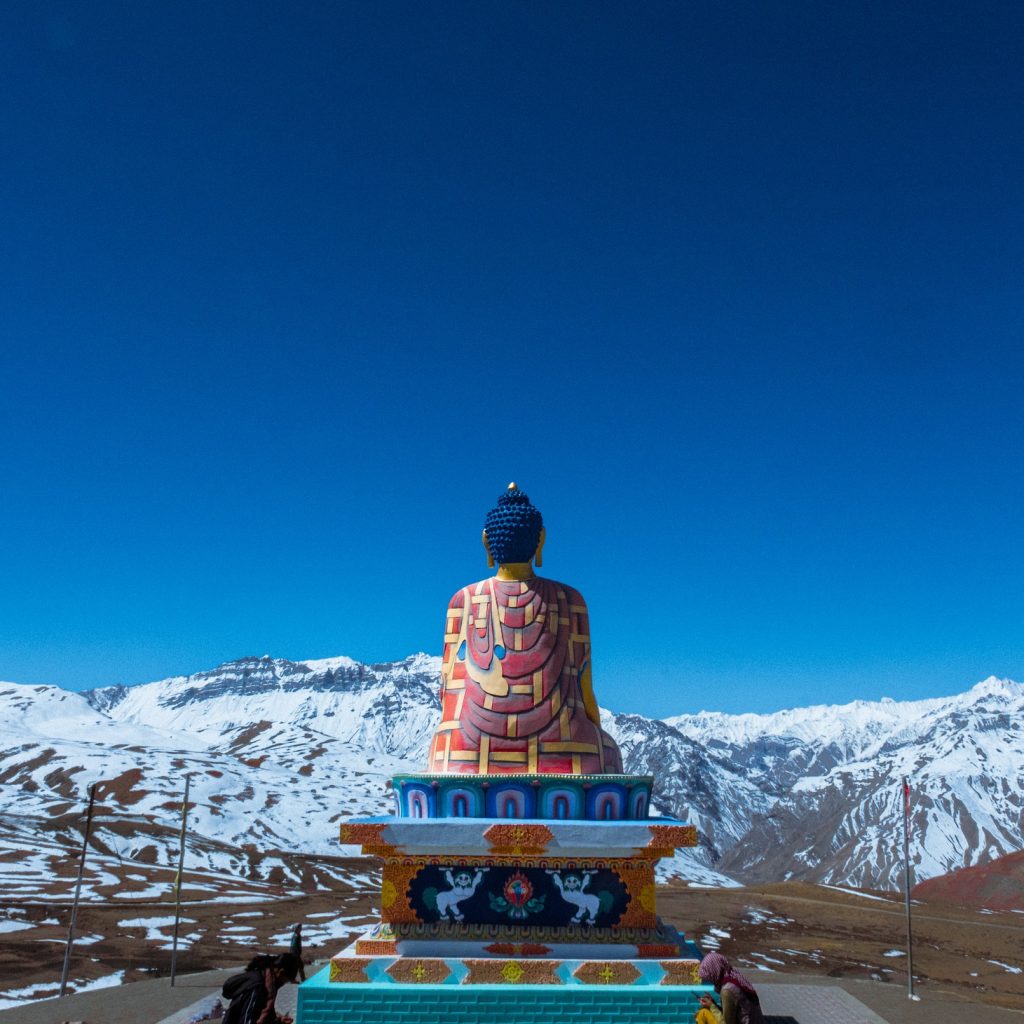
Tips for Safe Travel to Spiti in Monsoon (2025)
Take the Shimla–Kinnaur–Spiti route instead of the Manali route. It’s longer but more stable in monsoon.
Check daily road updates from Himachal Tourism and BRO (Border Roads Organisation).
Travel with an experienced driver or a trusted tour operator—avoid self-driving if unfamiliar with the roads.
Carry essentials like power banks, rainproof gear, extra food, and water.
Avoid risky shortcuts and always inform locals or your hotel before exploring remote trails.
Should You Visit Spiti Valley During Monsoon in 2025?
If you’re a nature enthusiast, seasoned traveler, or someone who prefers offbeat, uncrowded experiences, then Spiti in monsoon can be a magical and rewarding journey. However, if you’re expecting smooth, luxury-style travel or traveling with kids or elders, it might be better to plan for September or early summer instead.
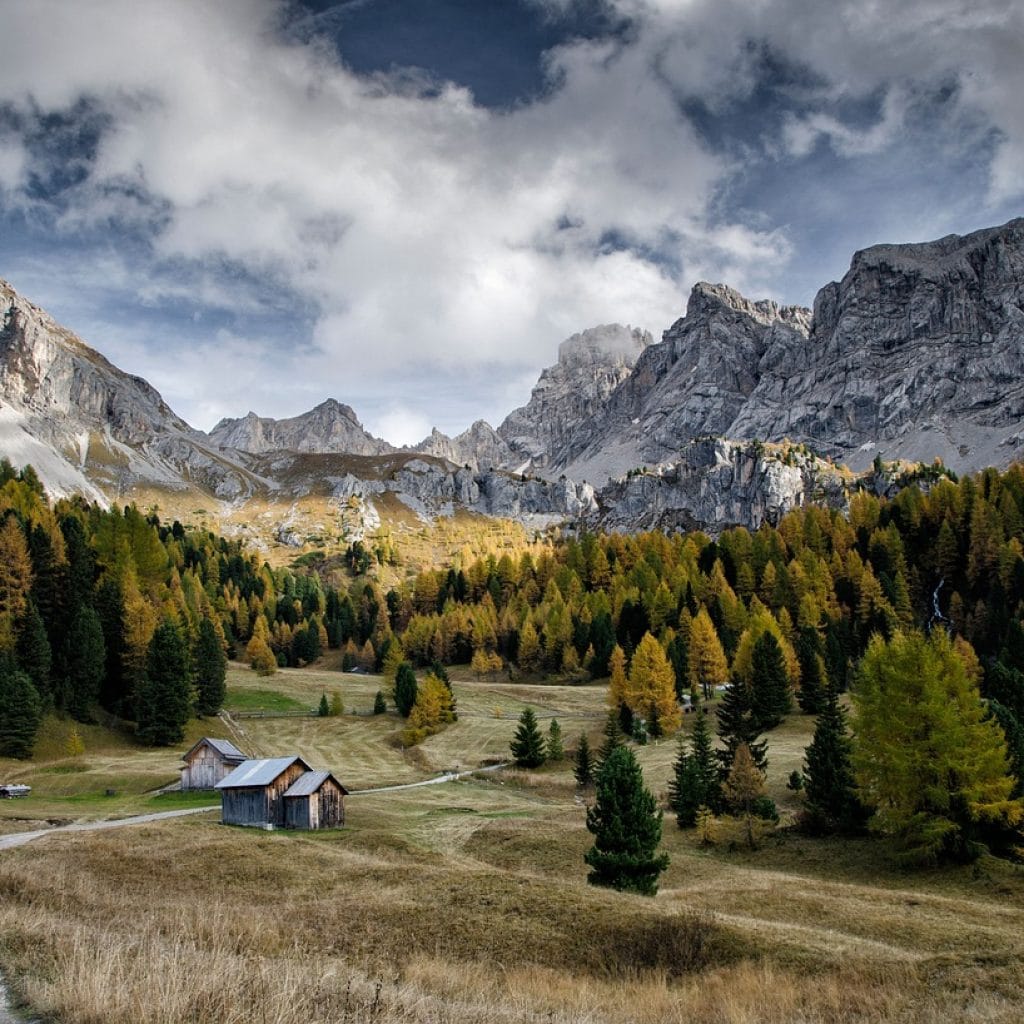
Conclusion
Spiti Valley in monsoon 2025 offers a raw and serene version of the Himalayas. While the risks are real—especially in terms of road conditions—with proper planning, flexibility, and local support, this season can give you an unforgettable Himalayan escape.
Plan Your Monsoon Escape with the Experts
At Zoyo Trip Holidays, we design customized Spiti Valley tour packages with local guidance, safety-first travel routes, and 24/7 assistance.
Call us now: +91-8091660060
Visit us for detailed itineraries and exclusive monsoon deals!

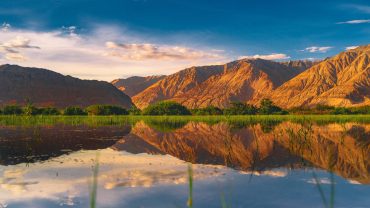
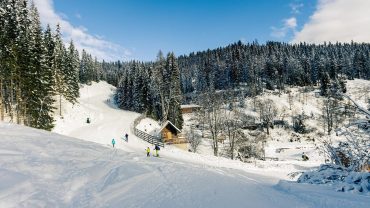
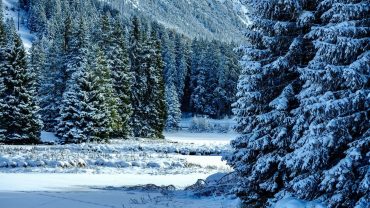




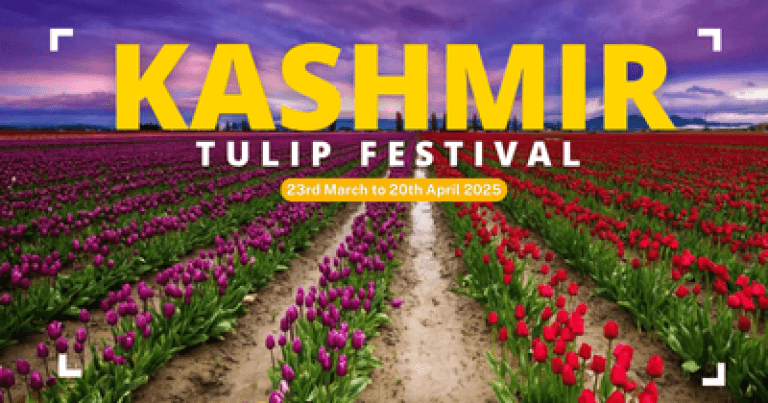
Comment (0)